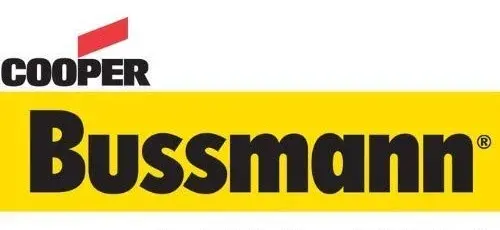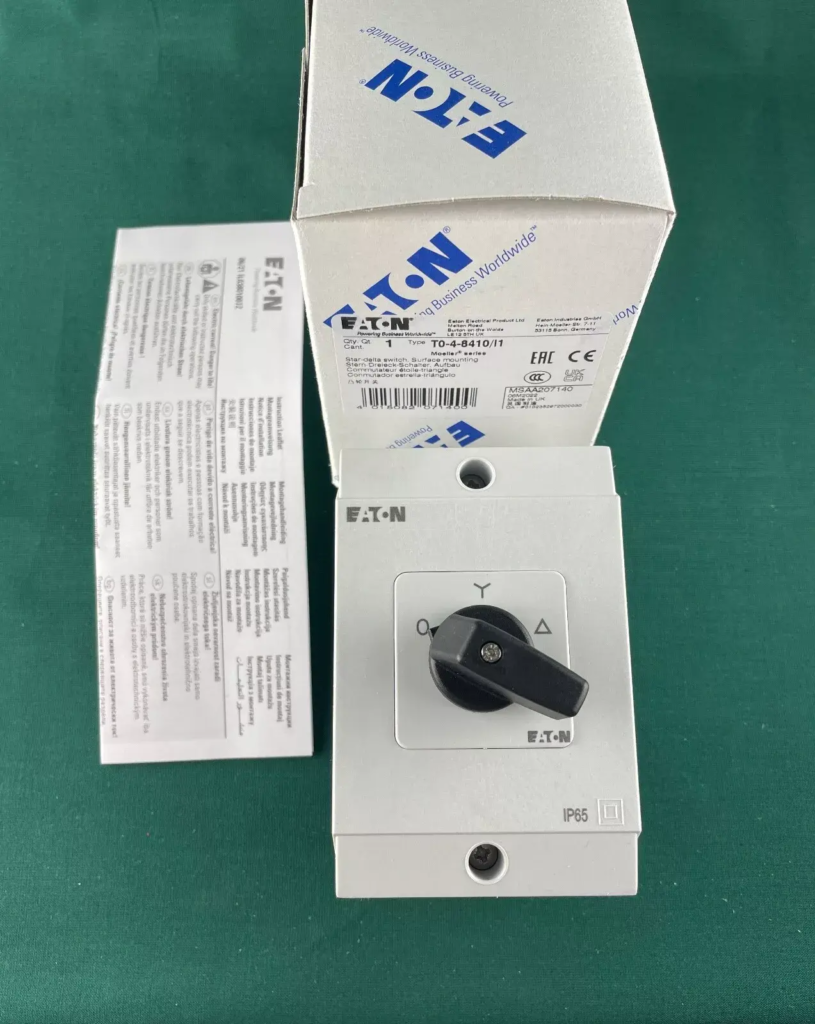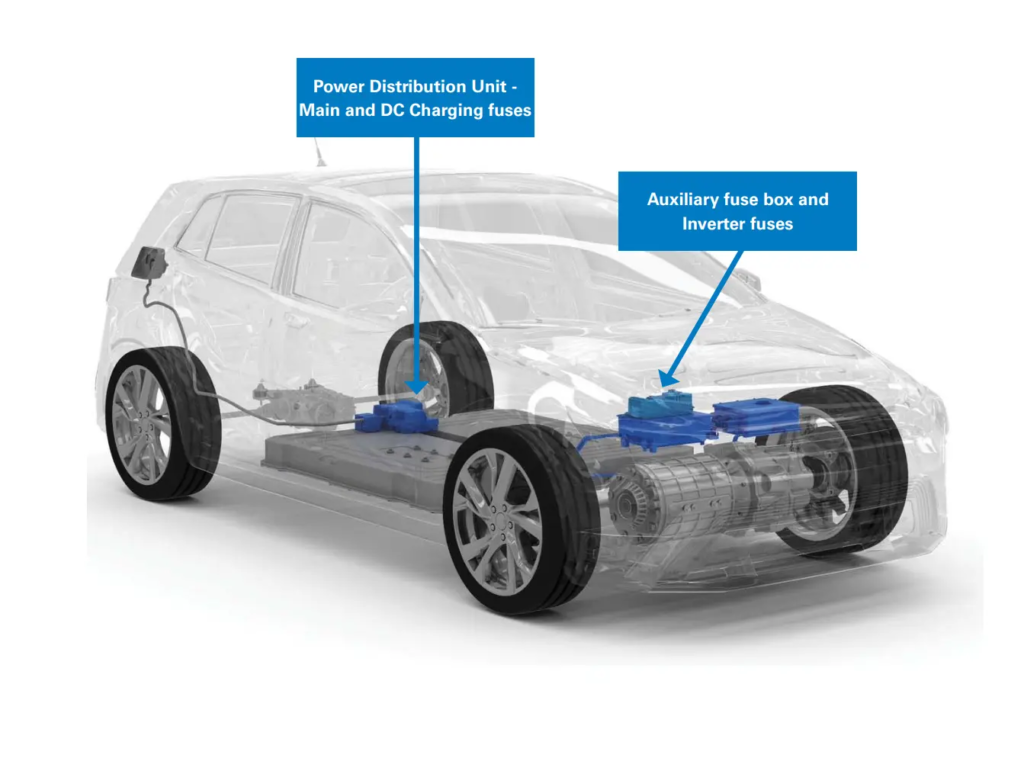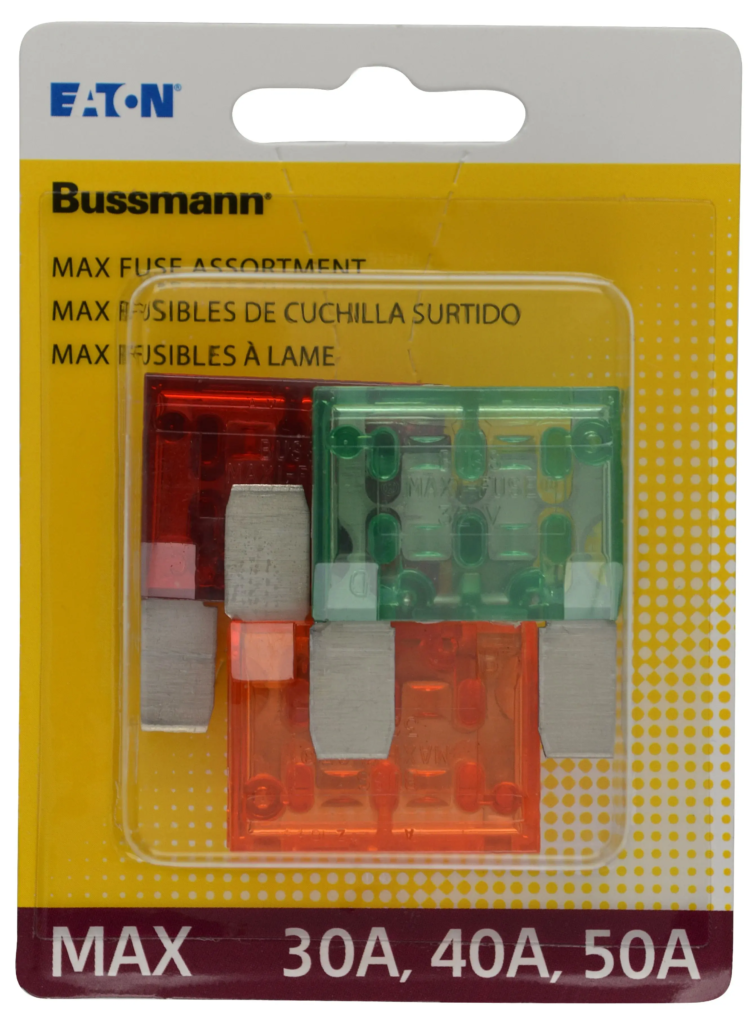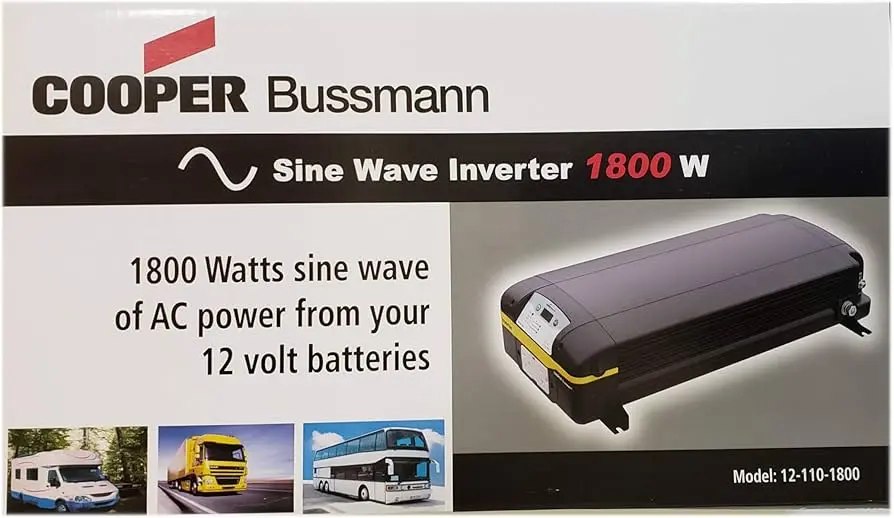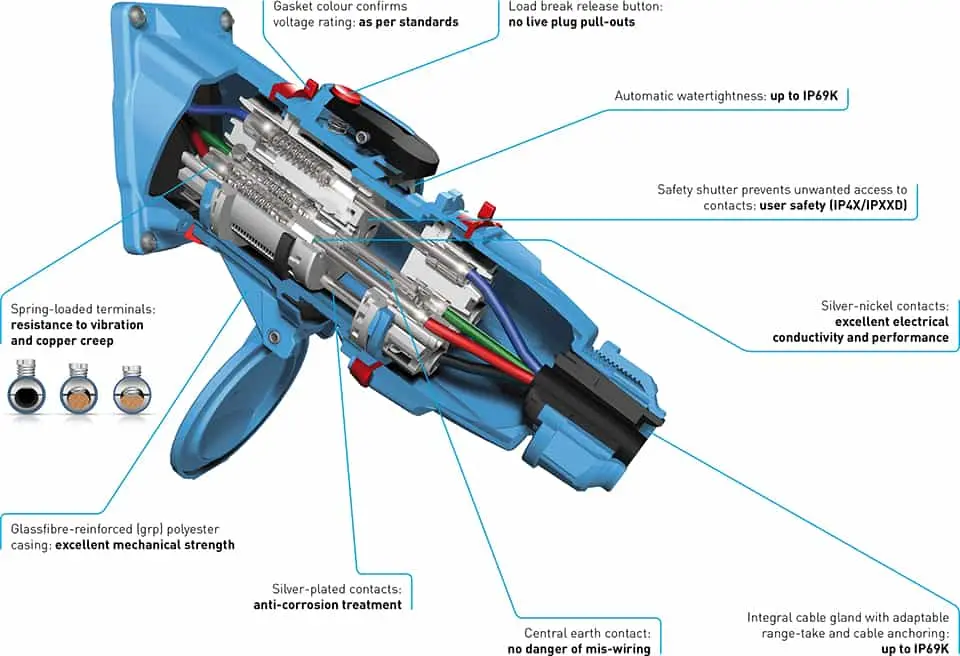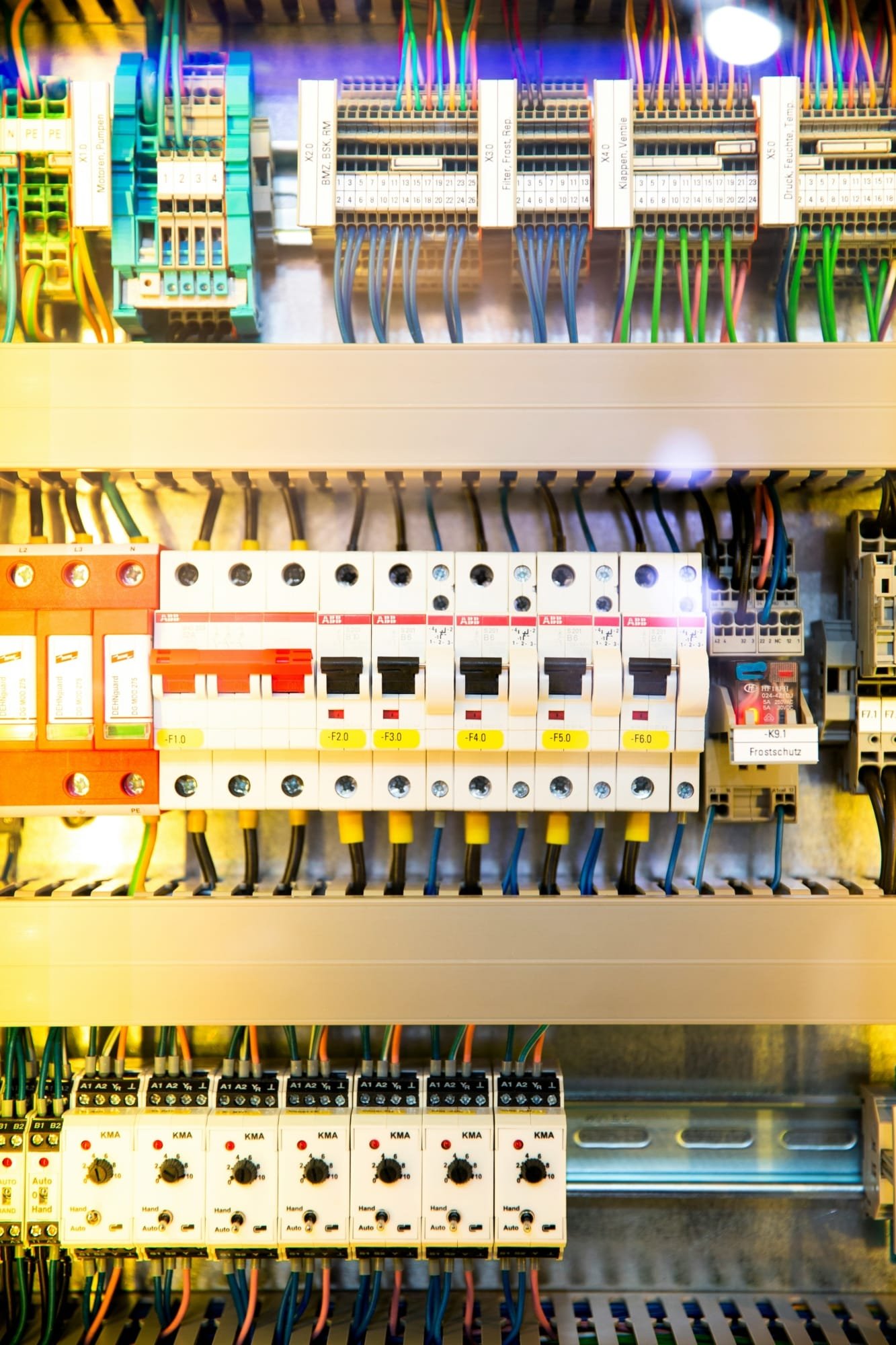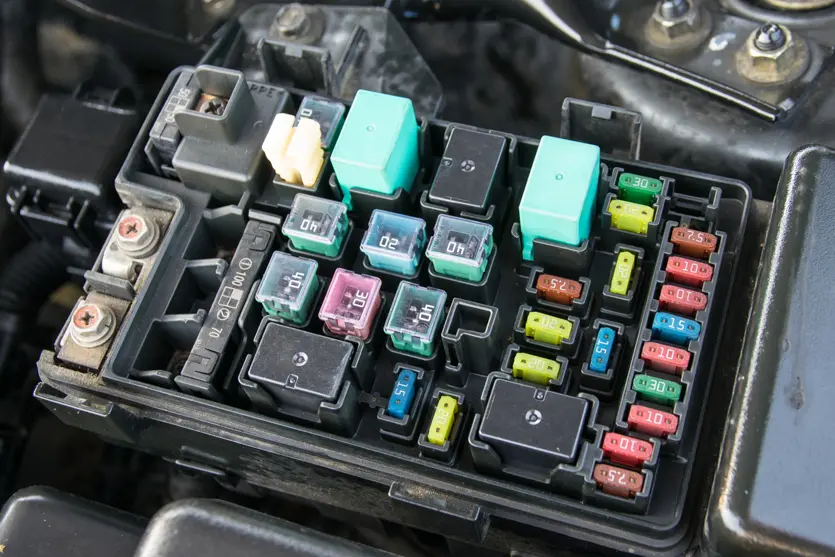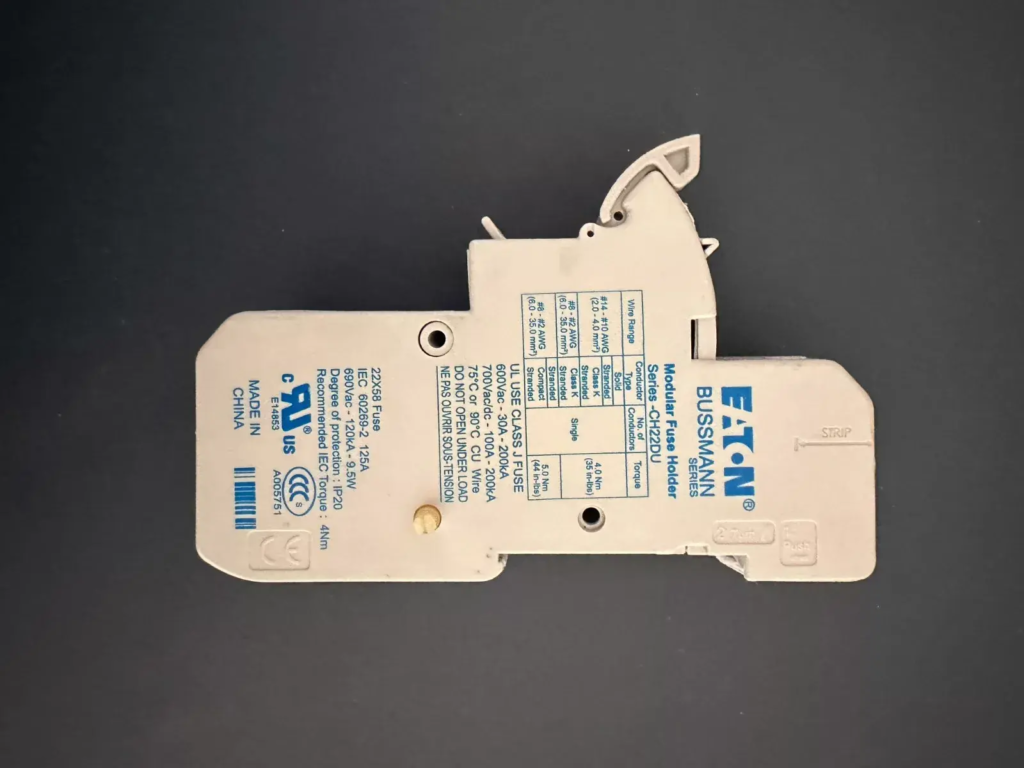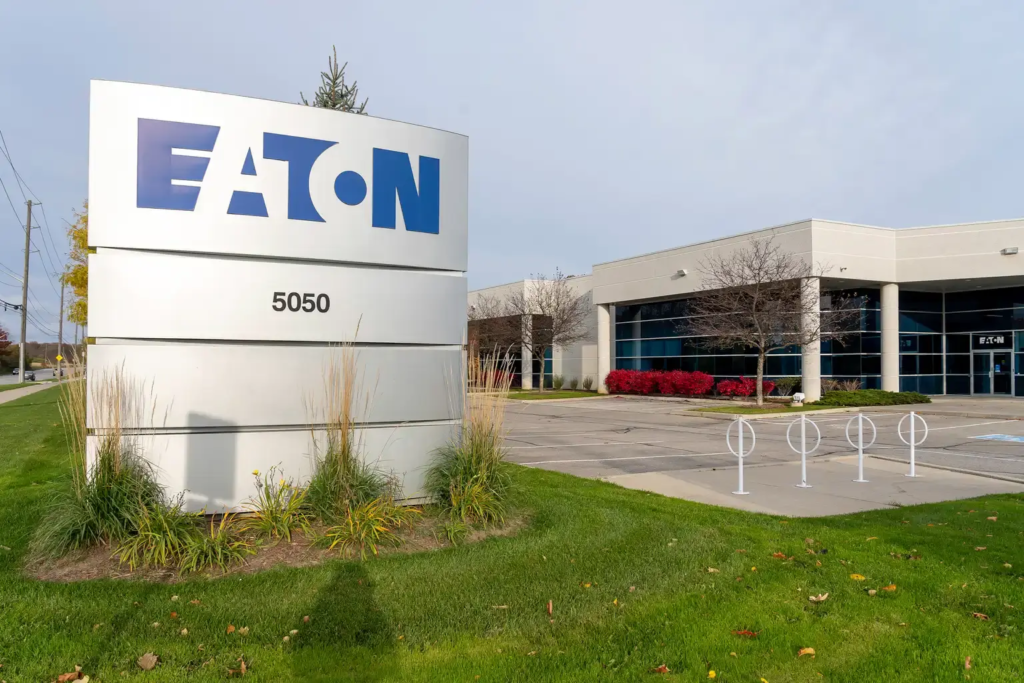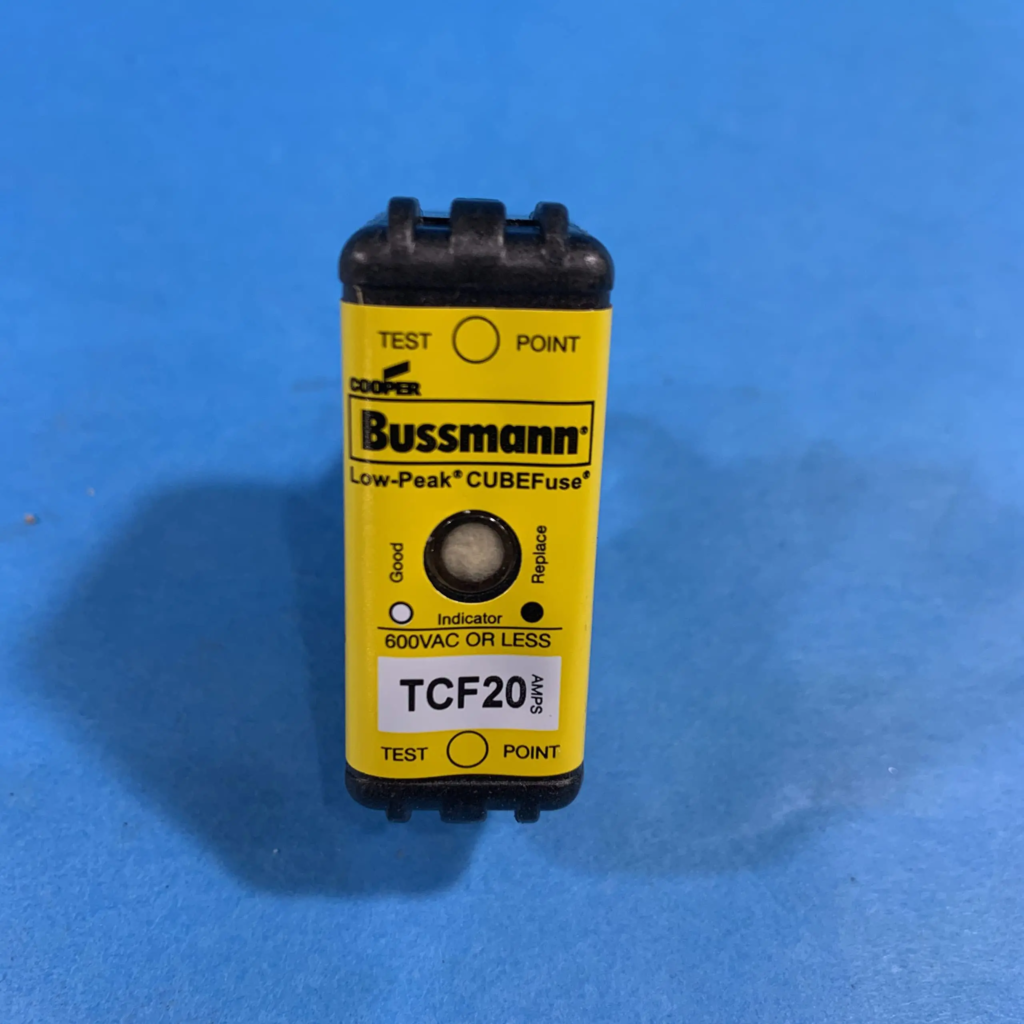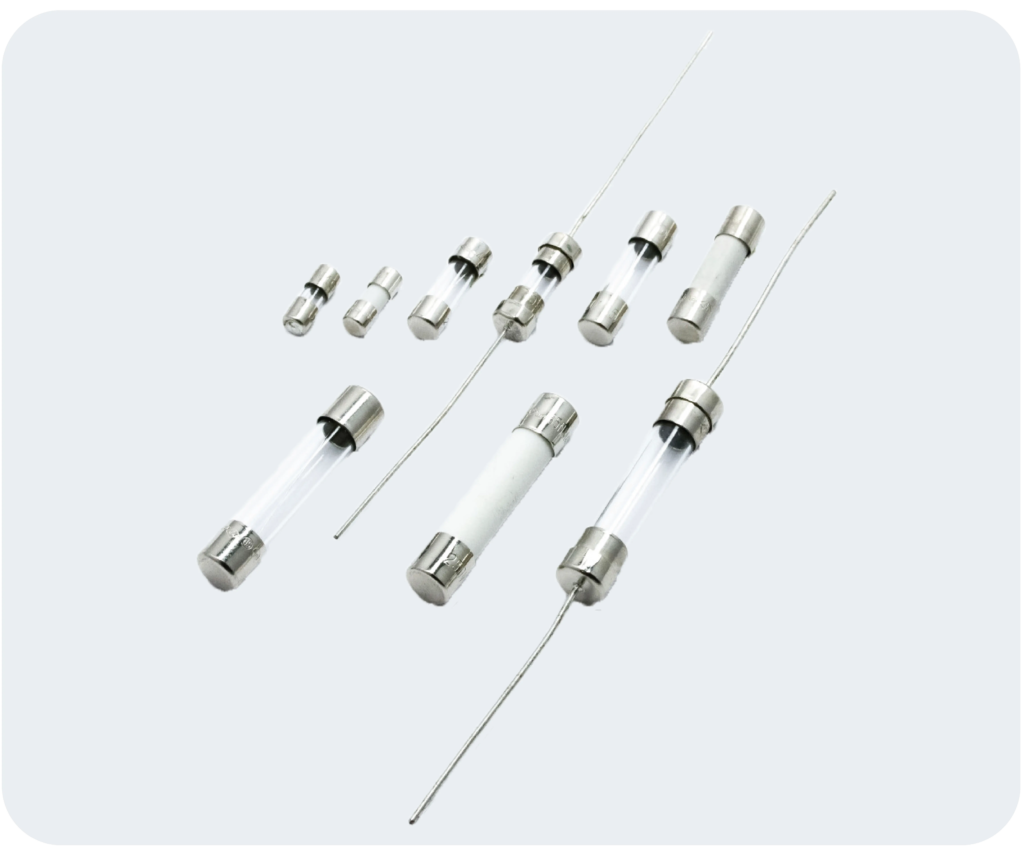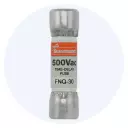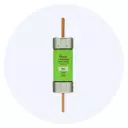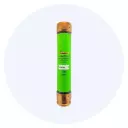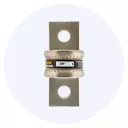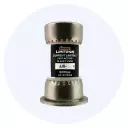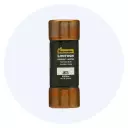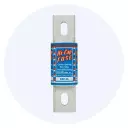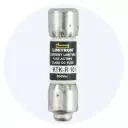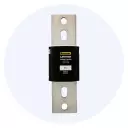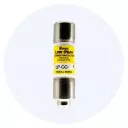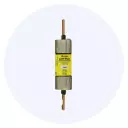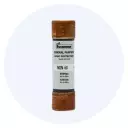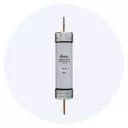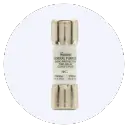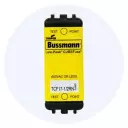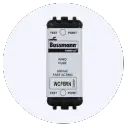Blog
How To Install Bussmann Inline Fuse Holder?
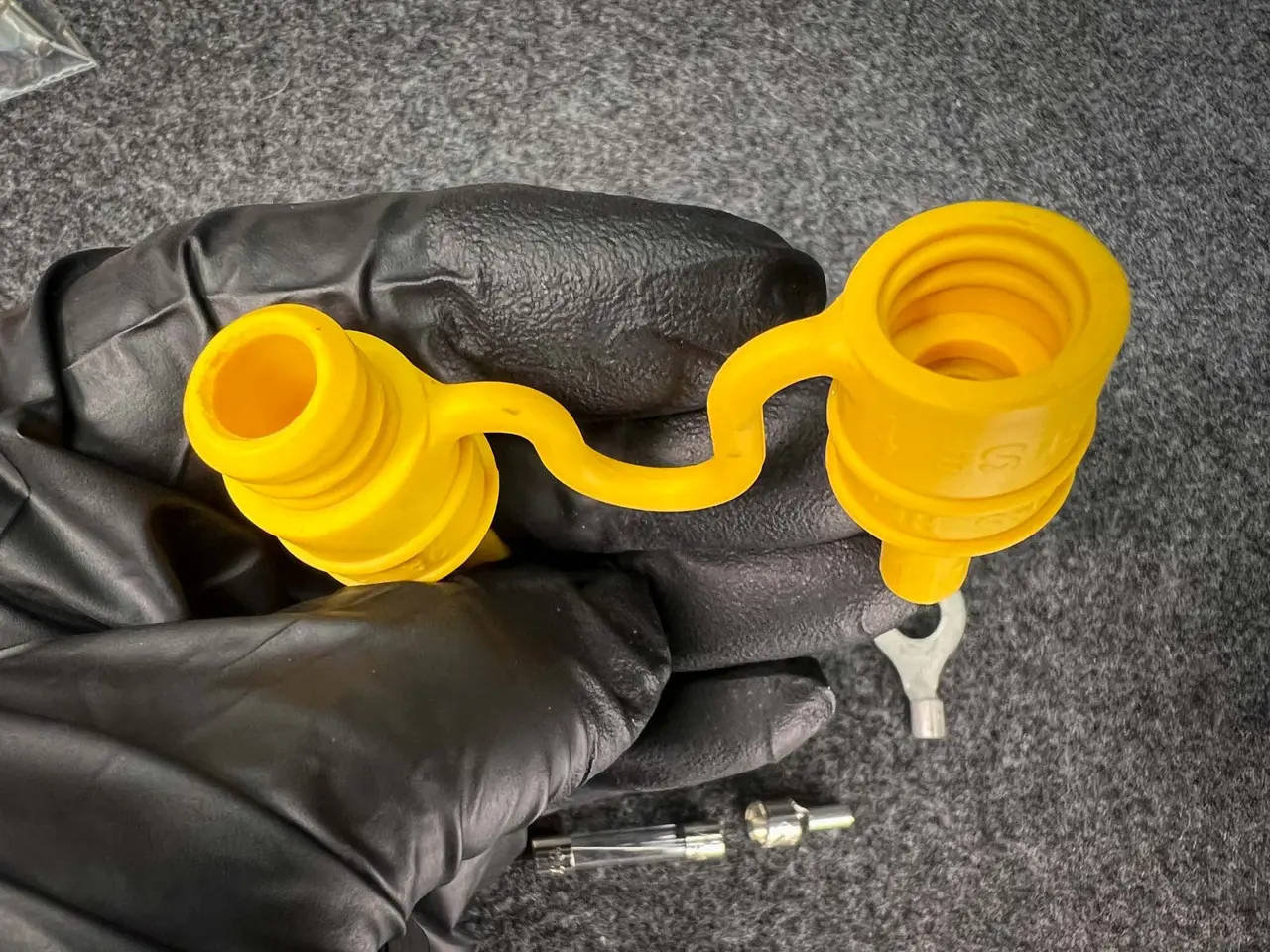
Introduction to Wire Connectors
Wire connectors play a crucial role in creating secure and efficient electrical connections. Among the variety of options available in the market, Eaton’s Bussmann series in-line fuse holders stand out due to their reliability and effectiveness in protecting electrical circuits. These connectors are integral to many applications, as they ensure that electrical connections are well insulated and securely joined, minimizing the chances of failures that could lead to circuit malfunction or hazards.
There are several types of wire connectors, including twist-on wire connectors, crimp connectors, solder connectors, and push-in connectors. Each type has its particular use case, advantages, and disadvantages. Crimp connectors, for instance, are widely used for applications where a permanent connection is required. They involve deforming a metal connector around the wire to create a strong mechanical bond, which is essential for ensuring consistent electrical conductivity. This technique is particularly pertinent when utilizing Eaton’s in-line fuse holders, as properly crimped wires contribute significantly to the performance and safety of the electrical system.
Correctly crimping wires is paramount for reliable electrical connections. Poorly crimped connections can lead to increased resistance, overheating, or even complete failure of the circuit, raising serious safety concerns. Furthermore, compliance with industry standards is vital for ensuring that installations meet the necessary safety regulations. In-line fuse holders from Eaton’s Bussmann series are designed to accept crimped wire connections, thereby reinforcing the relevance of proper crimping techniques and materials to achieve optimal performance and safety.
In summary, understanding the various types of wire connectors, specifically crimp connectors, and their importance in applications such as Eaton’s in-line fuse holders is fundamental. Ensuring the integrity of these connections through appropriate crimping practices not only enhances the reliability of electrical systems but also assures compliance with safety standards, safeguarding against potential failures and hazards.
Understanding Crimping Basics
Crimping is a widely employed technique in electrical connections, serving as a vital process for creating secure and reliable links between wires and their corresponding terminals. A crimp refers to the deformation of a metal component, typically a terminal, which is applied to an electrical wire. The purpose of this mechanical connection is to ensure a stringent bond that can withstand various electrical and environmental factors, thus promoting longevity and durability in applications.
The crimping process involves compressing a terminal around the conductor’s exposed wire strands. This results in a robust connection that can handle the electrical current effectively. The resulting mechanical bond from a properly executed crimp serves two primary functions: providing electrical conductivity and offering structural integrity. When crimping is done correctly, it minimizes the risk of wire damage, corrosion, and overheating, which can lead to electrical failures over time.
Achieving an effective crimp requires attention to detail and adherence to specific guidelines. Proper selection of tools and materials is paramount to achieving a strong bond. Crimping tools, for instance, vary in type and design, with certain models specifically tailored for particular terminal styles and wire gauges. Making the right choice ensures a secure fit and enhances the performance of the overall connection.
Moreover, precision plays a crucial role in the crimping process. A poorly executed crimp can lead to a loose connection or even the disconnection of the wire, which may cause both functional and safety issues in electrical systems. Therefore, understanding the fundamental principles of crimping, including wire preparation, tool operation, and the crimping technique itself, is essential for anyone working within the electrical field, especially when dealing with Eaton’s In-Line Fuse Holders.
Guidelines for Proper Crimping Techniques
Crimping wires effectively is crucial for ensuring reliable connections in Eaton’s in-line fuse holders. Proper techniques can significantly enhance the performance and lifespan of electrical connections. The process begins with the meticulous removal of wire insulation. It is essential to strip the insulation to the appropriate length, typically between 1/4 to 1/2 inch, depending on the wire gauge and the requirements of the fuse holder. An inadequate stripping length may result in poor conductivity or ineffective crimping.
Choosing the appropriate tools for crimping is also vital. Utilize high-quality crimping tools specifically designed for the gauge of wire being used. These tools often come with adjustable settings or interchangeable dies to accommodate various wire sizes and terminal types. Using the wrong tool can lead to incomplete crimps, which compromises the connection’s integrity and may cause overheating or fuse malfunction.
Furthermore, selecting the proper wire size is a critical aspect of crimping. Ensure that the wire gauge matches the specifications outlined by Eaton for use with its fuse holders. Using a wire that is too large or too small can prevent a secure connection, leading to potential failure during operation. Always refer to the manufacturer’s guidelines when dealing with wire specifications.
Achieving a full crimp is paramount. A proper crimp should visibly form a secure and tight connection between the wire and the terminal. It is advisable to inspect each crimp visually or conduct a pull test to ensure that the connection is robust. A well-executed crimp should not allow the wire to be removed from the terminal with minimal effort.
By adhering to these guidelines, professionals can ensure that they achieve effective crimping of wires to Eaton’s in-line fuse holders, thereby enhancing the overall reliability of electrical systems.
Common Crimping Errors and How to Avoid Them
Crimping wires for Eaton’s in-line fuse holders is a critical skill that, when executed properly, ensures reliable electrical connections. However, several prevalent errors can lead to inadequate crimping, which may result in electrical failures. Understanding these mistakes and how to avoid them is essential for achieving optimal results.
One common error is insufficient crimping, where the terminals are not secured tightly enough. This leads to poor conductivity and can cause overheating or complete circuit failure. To prevent this situation, ensure you apply adequate pressure while using a crimping tool designed specifically for the wire gauge and terminal type. Additionally, thoroughly inspect the crimp to confirm that the wire is firmly locked within the terminal, providing a reliable connection.
Improper handling of terminals is another mistake that can negatively impact the crimping process. For instance, touching the crimping area with bare hands can introduce contaminants, resulting in corrosion over time. Always handle terminals by their insulated portions and utilize gloves if necessary to maintain cleanliness. Furthermore, be mindful of alignment; misaligned terminals during crimping can lead to ineffective connections.
Using inappropriate tools is also a common pitfall among individuals working with crimping. Not all crimping tools are suitable for every type of terminal or wire size. For optimal results, select tools that are compatible with Eaton’s standards and the specific terminals you are using. Regularly maintain and calibrate your crimping tools to ensure consistent performance.
In conclusion, avoiding common crimping mistakes is essential for ensuring robust electrical connections in Eaton’s in-line fuse holders. By focusing on proper crimping techniques, maintaining clean handling practices, and utilizing appropriate tools, you can significantly improve the reliability and efficacy of your crimped connections. By following these guidelines, you enhance the longevity and safety of your electrical installations.
Wire Size and Type Considerations
When crimping wires for Eaton’s in-line fuse holders, selecting the correct wire size and type is paramount to ensure optimal performance and safety. The wire size directly correlates with the current-carrying capacity, which can affect the functionality of the fuse holder in electrical circuits. Typically, wire gauges such as 18, 16, and 14 AWG (American Wire Gauge) are commonly used for crimping applications in this context. Each gauge serves different current requirements, and it is essential to consult Eaton’s specifications to determine the appropriate gauge for your specific application.
There are two main types of wires to consider: solid and stranded. Solid wire consists of a single conductor that provides excellent conductivity and is often recommended for fixed installations where the wires are not subjected to frequent movement. However, solid wire is more prone to breakage if flexed repeatedly. On the other hand, stranded wire, composed of multiple small strands, offers increased flexibility and resistance to fatigue, making it ideal for applications where flexibility and movement are required. While stranded wire may have slightly higher resistance than solid wire, its advantages often make it the preferred choice for many users.
When crimping, it is equally vital to utilize the appropriate crimping tools that are compatible with the type of wire and the connectors being used. Poor crimping can lead to insufficient contact, contributing to overheating or failure in the electrical system. Moreover, meticulous attention to the crimping technique is essential. Ensuring that the wire strands are properly engaged with the terminal and that the crimping tool applies adequate pressure can significantly affect the reliability and longevity of the connection.
Special Requirements for IP67 Rated Crimping
When working with Eaton’s Bussmann series HFB fuse holders, achieving the IP67 rating is a paramount requirement that ensures both safety and performance in challenging environments. The IP67 rating indicates that the product is both dust-tight and able to withstand immersion in water up to one meter, making it crucial for various applications, particularly in automotive and industrial settings. To guarantee the integrity of the crimped connections, specific guidelines must be followed meticulously.
The crimping method plays a critical role in achieving the necessary waterproof integrity. Initially, it is essential to use the appropriate crimping tool that complements the diameter and material of the wire being used. For Eaton’s fuse holders, it is recommended to utilize a crimping die that has been calibrated to meet the manufacturer’s specifications, ensuring consistent pressure and secure connections. The crimping should be performed at the correct angle to avoid any deformation of the wire and maintain optimal electrical conductivity.
After crimping, it is vital to follow the assembly steps to reinforce the waterproof capabilities of the fuse holder. This includes using appropriate sealing components and ensuring that all surfaces are clean and free from contaminants. Applying a suitable adhesive or sealant can further enhance the waterproof nature of the assembly. Furthermore, special attention should be given to the positioning of gaskets and O-rings, as these elements are crucial for maintaining the integrity of the seal against water ingress.
Finally, periodic inspection of the crimped connections is suggested to ensure long-term performance. By adhering to these specialized requirements for crimping, manufacturers and technicians can ensure that Eaton’s Bussmann series HFB fuse holders will function optimally in their intended environments, safeguarding both equipment and personnel from potential hazards associated with moisture and dust intrusion.
Evaluating Manual vs. Automated Crimping Processes
When it comes to crimping wires for Eaton’s in-line fuse holders, choosing between manual and automated crimping processes is essential to achieving consistent quality and efficiency. Each method presents distinct advantages and certain drawbacks that must be evaluated to determine the best fit for specific applications.
Manual crimping is the traditional approach that involves the use of hand tools to create connections between wires and terminals. The primary advantages of this method include greater control over the crimping process and the ability to perform adjustments as needed. Skilled operators can often achieve a high level of precision, ensuring that the crimp is secure. Moreover, manual crimping tools are generally more accessible and do not require significant upfront investment. However, the consistency of the crimping results can vary based on operator technique, leading to potential quality control issues over time.
In contrast, automated crimping processes utilize machines designed to perform repetitive tasks with uniform precision. These tools significantly enhance productivity, particularly in high-volume production settings. Automated systems can easily accommodate various wire sizes and terminal types, facilitating a diverse range of applications. Although they generally yield consistent quality, the initial investment in automated machinery can be substantial, and maintenance costs should be considered. Furthermore, operators may require training to ensure that they can effectively manage and troubleshoot these machines.
Ultimately, the choice between manual and automated crimping processes depends on several factors, including production volume, required precision, and available resources. Companies aiming to maintain high crimp quality should consider integrating robust quality control measures, regardless of the chosen method. Such practices can help ensure that the final product meets the rigorous standards associated with Eaton’s in-line fuse holders.
Factory Crimping Options and Custom Solutions
Eaton offers comprehensive factory crimping services designed to facilitate the user experience for those seeking Bussmann series fuse holders. These factory crimping options allow customers to obtain pre-crimped wire terminations, ensuring that the connection is reliable and consistent with Eaton’s high standards for quality. By sourcing these products directly from Eaton, customers can save time and reduce the complexities associated with on-site crimping. This can be particularly advantageous for large-scale projects where efficiency is crucial.
To procure crimped versions of the Bussmann series fuse holders, customers initiate a straightforward request process. The process begins with identifying particular application requirements. Eaton’s team is well-versed in the specifications of various industries, allowing them to provide tailored solutions that align with unique operational needs. Customers can reach out to Eaton’s support team to discuss their requirements, including wire gauge, insulation type, and specific environmental factors that may affect performance.
Additionally, Eaton is committed to evaluating the demands of specific applications. Through a collaborative approach, the Eaton team assesses factors such as load requirements, installation environments, and regulatory compliance to determine the most suitable crimping solution. This tailored evaluation can help streamline the integration of fuse holders into broader electrical systems while ensuring robust performance and longevity.
Furthermore, should standard configurations not meet customer specifications, Eaton has the capability to produce custom solutions. This flexibility in production not only enhances project adaptability but also allows users to implement unique designs without compromising on quality. Ultimately, Eaton’s factory crimping services present a reliable option for customers seeking efficiency, quality, and tailored integration in their electrical applications.
Conclusion and Best Practices
Effectively crimping wires for Eaton’s in-line fuse holders is crucial for ensuring optimal performance and reliability in electrical systems. Throughout this guide, we have outlined the essential techniques and tips necessary for achieving the best results when crimping wires. First and foremost, selecting the appropriate crimping tool tailored for the specific wire gauge is foundational. A well-suited tool ensures that the crimp is secure and that the electrical connection remains stable over time.
Another vital takeaway is the importance of preparing the wire adequately. Stripping the insulation to the correct length without damaging the wire strands is essential for optimal electrical conduction. As a general rule, stripping too much insulation can lead to unintended short circuits, while insufficient stripping can result in weak connections. Therefore, paying attention to the wire’s preparation stage is crucial for a successful crimp.
Furthermore, it is important to choose the right type and size of connector for the wires being crimped. Using connectors that are compatible with the specific wire gauge not only bolsters electrical efficiency but also contributes to overall system longevity. Additionally, always inspect the crimped connection visually to ensure the integrity of the crimp, checking for any signs of looseness or improper formation.
Finally, adhering to best practices, such as maintaining a clean work area and using the correct personal protective equipment, can aid in avoiding mishaps during the crimping process. In conclusion, by implementing these best practices and following the outlined guidelines, users can ensure that their crimped connections will meet the demands of Eaton’s in-line fuse holders while maximizing reliability and user satisfaction.
